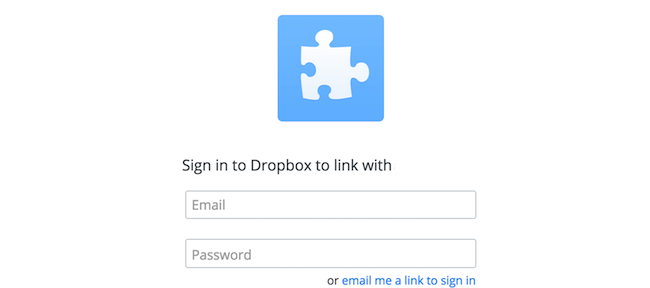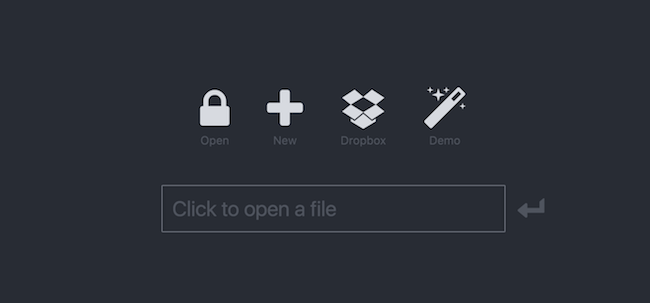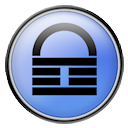Passwords aren’t going anywhere. Even though we’ve seen a rise in a new type of authentication including two-factor and even Yubico-style log-in options; passwords still seem to persist in our lives. If you’re online and use passwords (I know you do), you want to be as sure as possible when storing them. This means, no […]
By now, if you’re new to using KeeWeb, you should probably have read my really basic intro to getting KeeWeb working from a place you host. You may have decided to host it on your own server or computer, but I thought putting it in Dropbox was a good primer for what’s next: Integrating this tool into Dropbox’s API and using that for storage. This can seem really complicated at first look, but I’ll show you that it’s not as bad as you think.
The amazing web-based tool KeeWeb is perhaps one of the better ways to make Keepass databases work for you in a cross-platform environment. The challenge with using this tool, however, is that it’s not exactly the easiest to get running on your own hosting server. Yes, you can just go to app.keeweb.info, but if you want to try hosting it yourself somewhere, it may seem like a real challenge. For that reason, I wanted to offer some thoughts on how you get this thing up and running.
I generally gush about how amazing this tool is – I’m perplexed as to why there isn’t a great version of this tool on OS X. It doesn’t make sense that an operating system so powerful is so woefully underserved in this regard. As a daily OS X user, you too may wonder what the hell is up with KeePass on OS X, so let’s take a look.
Keepass is a simple, yet powerful password management database and tool. It can help you store and centralize passwords for anything from websites to personal lockboxes. Check out why we think Keepass deserves to be called THAT great tool.
Another one! This time with a theme – Password Protection tools. I tend to gravitate towards free tools – but if, for some reason a tool is not free – I will point that out and fill you in on pricing details. Today I look at tools such as Keepass, 1Password, and LastPass.
What every IT Guy tends to keep, however, is a cache of essential utilities that he/she use with them all the time. As you become more tuned to the kinds of utilities you use, you’ll find ways to make them more available to yourself when you are at the client (at a moments notice).







